Home > Climate News >

Community Forests: A path to prosperity and connection
“Community forests are protected forestlands that contribute to healthy, flourishing communities. Importantly, they offer residents and community members a direct say in how these lands are stewarded over time…”

New special report on the benefits of community forest
The Trust for Public Land announced the release of a special report, “Community Forests: A Path to Prosperity and Connection,” in partnership with the U.S. Forest Service and with generous support from the U.S. Endowment for Forestry and Communities. The report, and accompanying handouts, takes a case-study approach to understanding and exploring the numerous economic benefits provided by community forests created through the U.S. Forest Service’s Community Forest and Open Space Conservation Program (CFP).

Producing energy while protecting the land
“Part of our work as a community land trust is to help reframe the energy debate and build community energy resiliency.
…[W]e flipped the switch on our first solar energy array and as of today more than 50% of the energy we use to run Taos Land Trust is generated by our new solar panels. The 2kW photovoltaic array sitting on our downtown Taos property was installed through a generous grant from the PPC Solar Photovoltaic Donation Program. This is a huge move for us…”

Argyle bird trust working with solar developer to conserve more land
“We’re excited about this collaboration and look forward to working with Eden on future mitigation projects,” said Grassland Bird Trust Executive Director Laurie LaFond. “We believe that renewable energy, when done right, can play an important role in restoring populations of grassland birds to sustainable levels.”
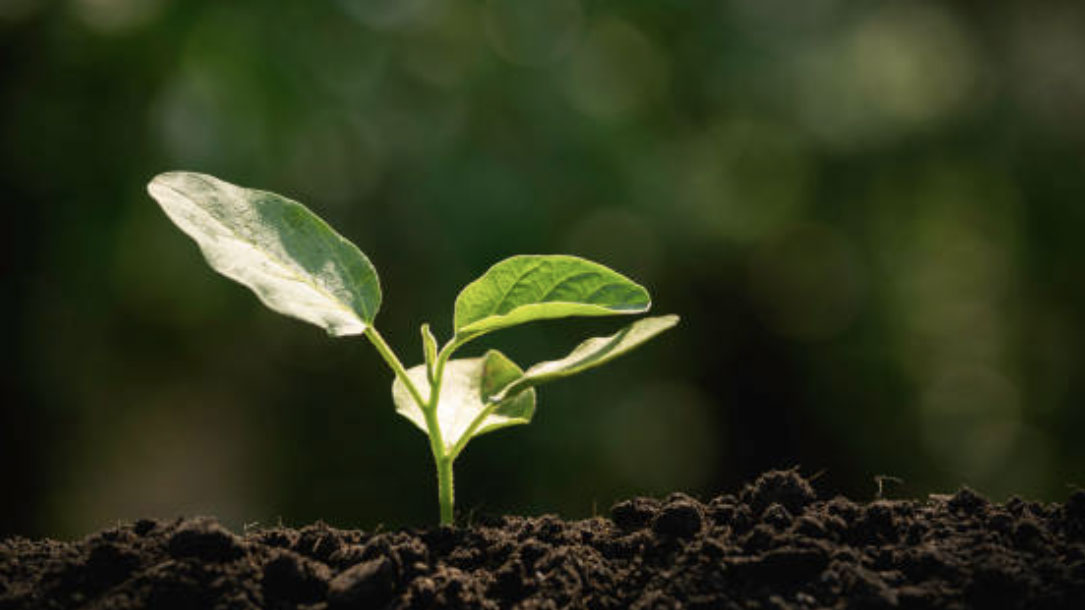
Climate change affects soil health
For too long, we’ve been saying that solar should avoid farmland, based upon soil type (meaning, avoiding lands of “prime” or “statewide” importance, etc.). Yet given that we know that climate change is stressing soils, and making farming and ranching more difficult, the question could better be framed: “How can solar (and wind) help farm and ranch viability, water retention, and soil health?”

Six habitat improvements that are also climate solutions
When you think about who cares about slowing down climate change, don’t forget about hunters, anglers, and those who have a long-standing connection with the land.
There is no one silver bullet nor single set of actions that will turn the tides entirely — climate change can only be addressed with a comprehensive strategy that involves all of us and all the tools we have. Thankfully, this includes habitat conservation measures that are already supported by sportsmen and women.
Here are six habitat improvement strategies that provide this win-win proposition: better hunting and fishing opportunities and fewer climate-change-driven impacts to fish and wildlife….
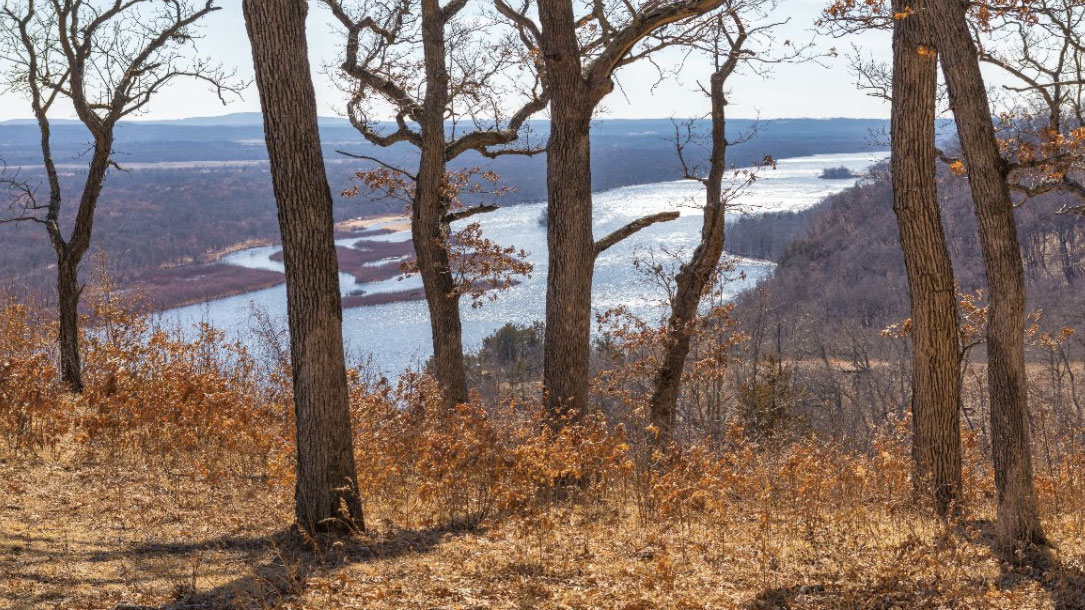
Land restoration for carbon sequestration
Striving to restore these affected areas back to their Native Plant Community type helps provide high-quality habitat for native plants and wildlife, helps protect uncommon and endangered species populations in the state, and protects vital essential ecosystem services such as clean water, clean air, and carbon sequestration.
The Minnesota Land Trust conducts three common types of restoration projects across the state: prairie restoration, wetland restoration, and woody invasives removal…
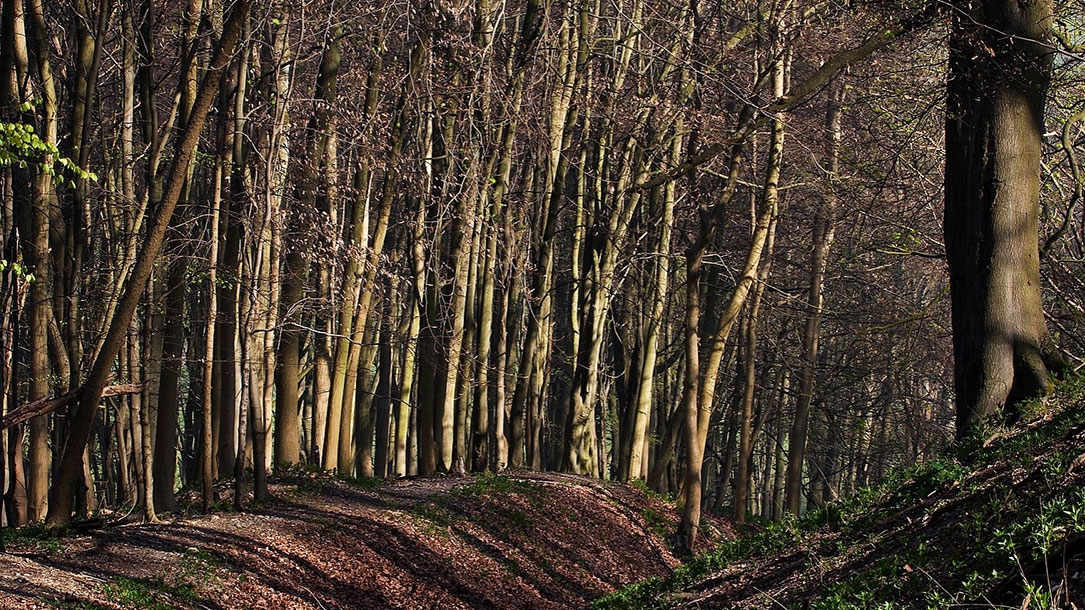
Buffam Brook Community Forest
Bounded by Buffam, Boyden, and North Valley Roads, this 289-acre Town of Pelham conservation land consists of the Clifford E. Lippincott Conservation Area enhanced by five parcels that were added between 2017-2019 with funding from the U.S. Forest Service Community Forest Program, which supports local acquisition of land to create a publicly owned forest that is managed for the educational, recreational and economic benefit of the community.
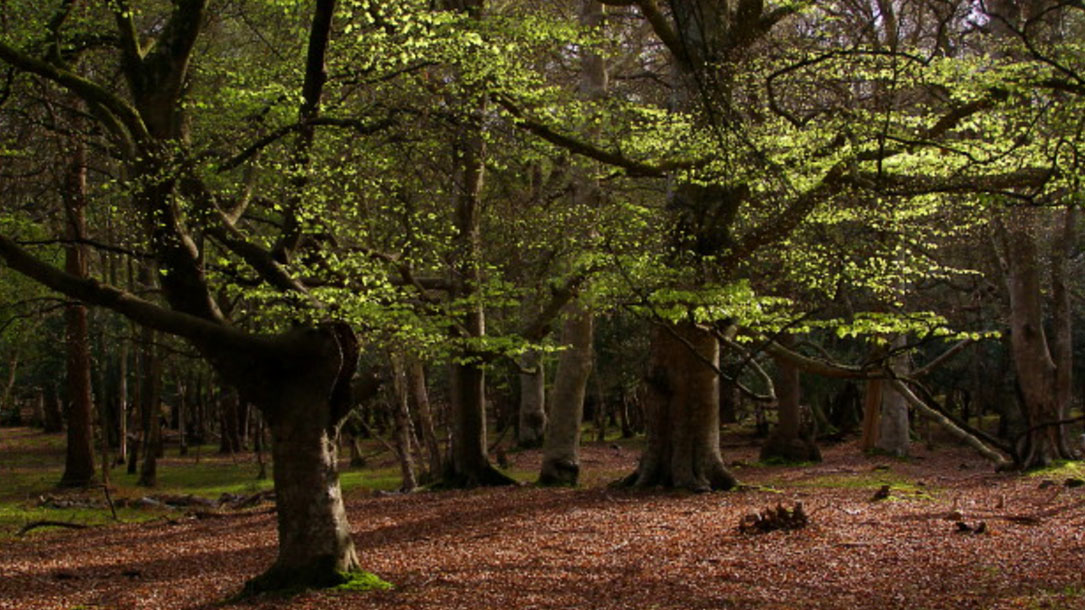
Kestrel Land Trust acquires 161 acres of “core area” in Pelham, Mass.
The Kestrel Land Trust and the Town of Pelham Conservation Commission have acquired a 161-acre parcel of land in Pelham, Mass., that will serve as a valuable natural asset for both people and wildlife. The Buffam Brook Community Forest, which lies within a high priority terrestrial “core area” in the Connect the Connecticut landscape conservation design, will be a publicly owned forest managed for the educational, recreational, and economic benefit of the community, thanks to collaboration with several private woodland owners.
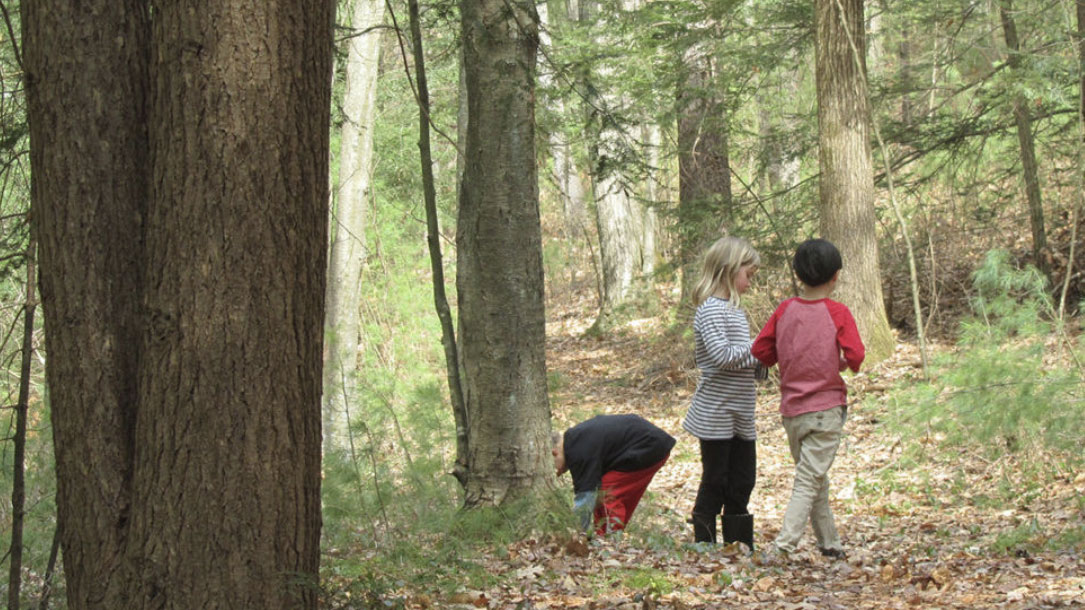
New community forest promotes climate change resilience
The Town of Pelham Conservation Commission and Kestrel Land Trust recently announced the acquisition of 161-acres of woodlands from private owners to create the Buffam Brook Community Forest, west of the Quabbin Reservoir, the second of its kind in the State of Massachusetts. The Community Forest and Open Space Program is a United States Forest Service Grant that funds local acquisition of land to create a publicly owned forest that is managed for the educational, recreational and economic benefit of the community.
This project is the culmination of years of work between the landowners, Kestrel Land Trust and the Town of Pelham to protect this important landscape, which supports endangered species habitat, local water quality, and climate change resilience.
[Note: You can find additional information here]












